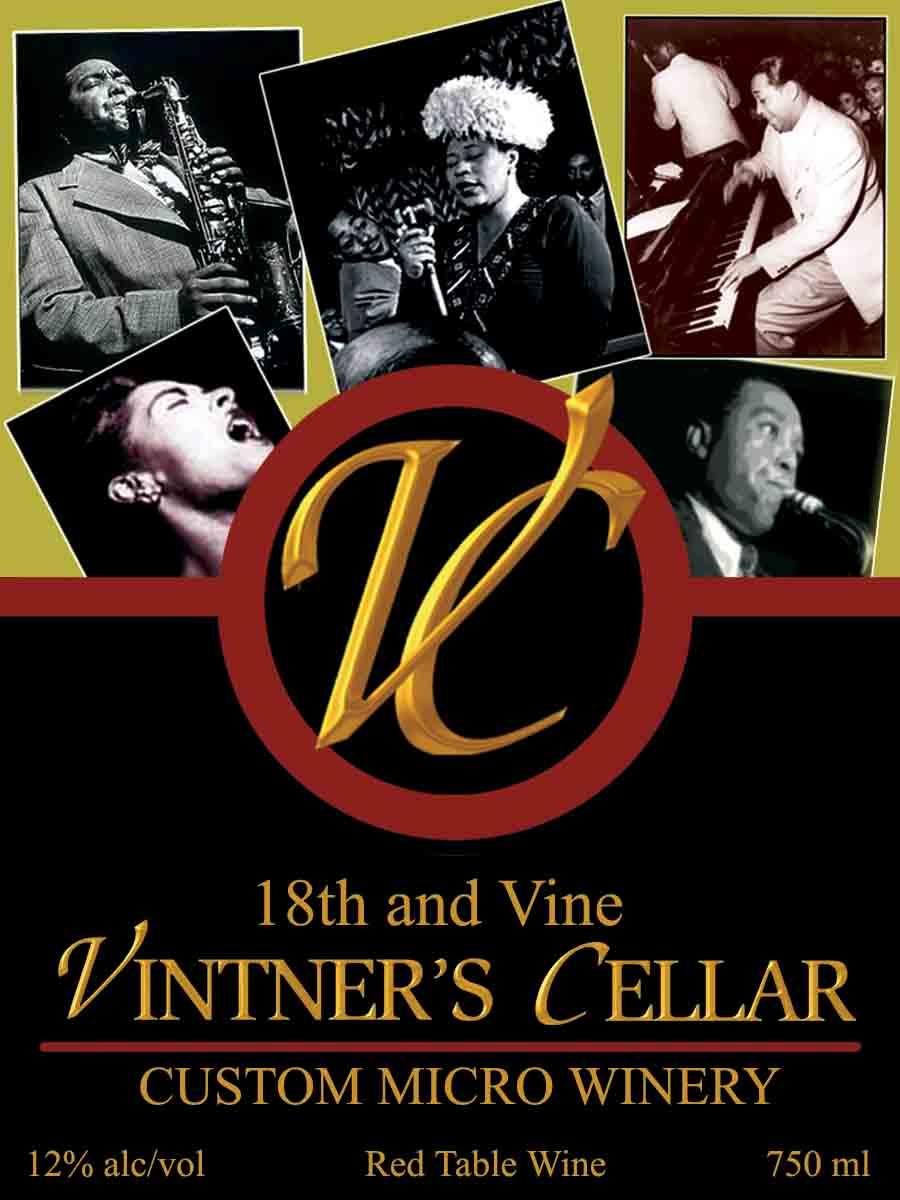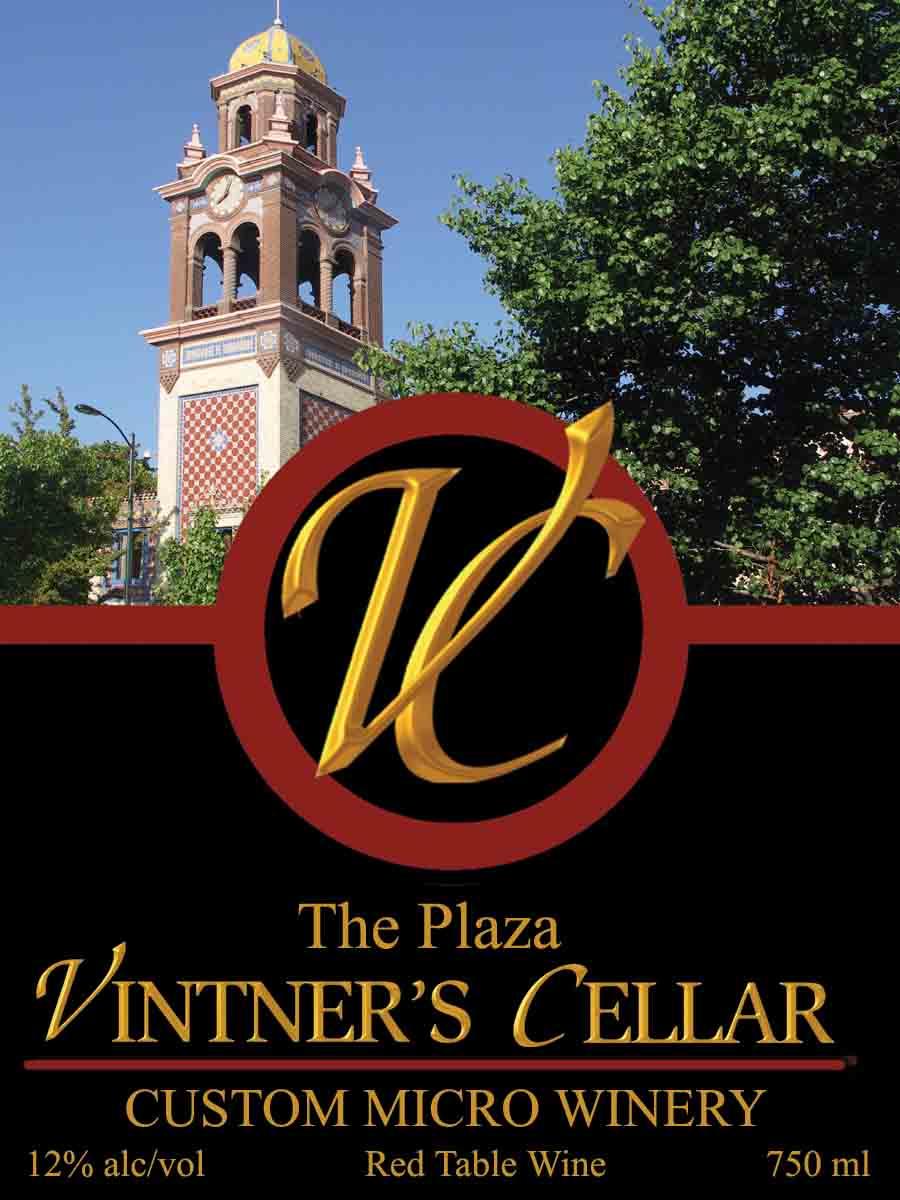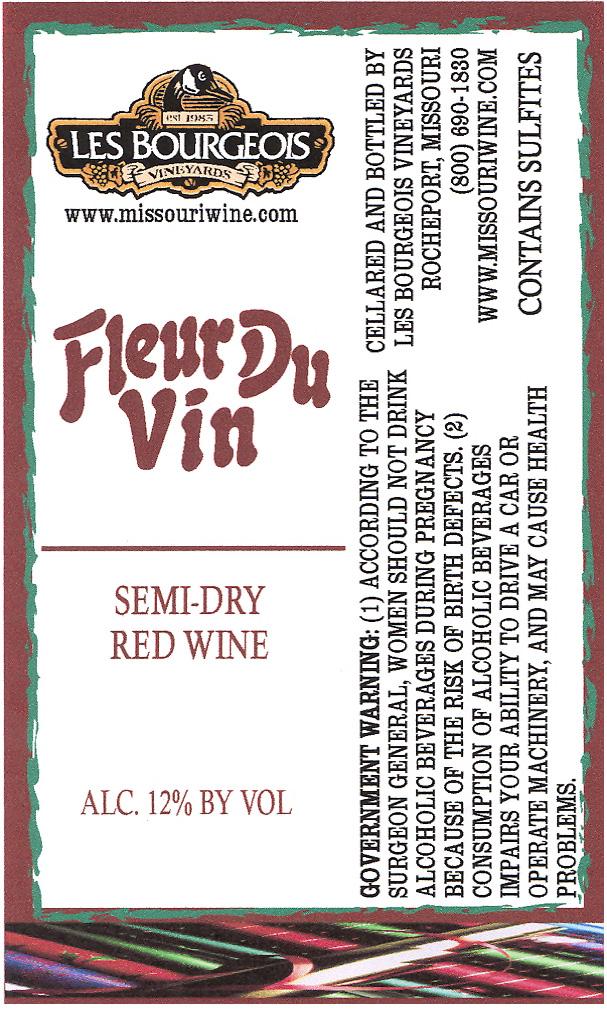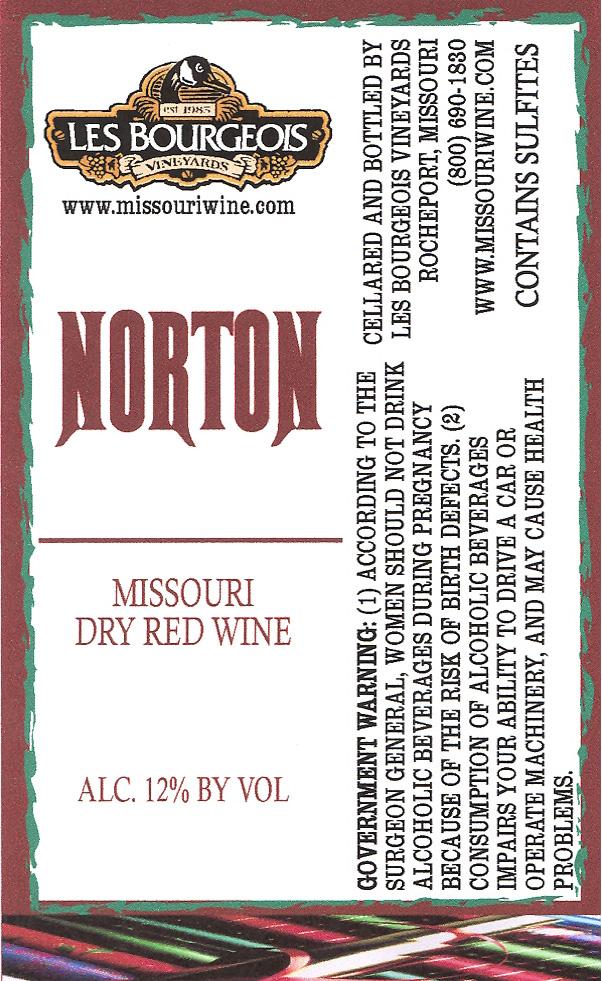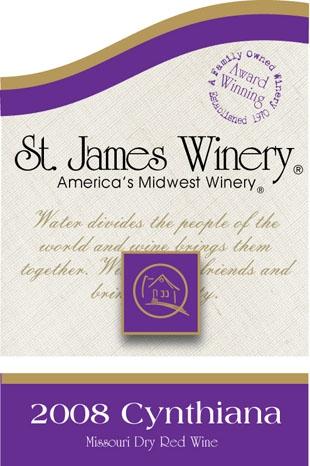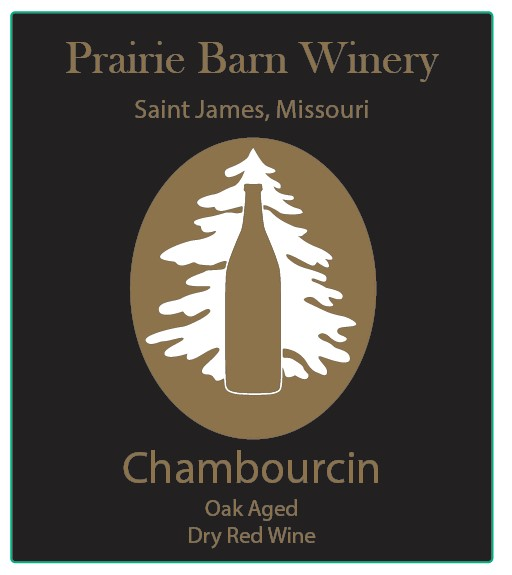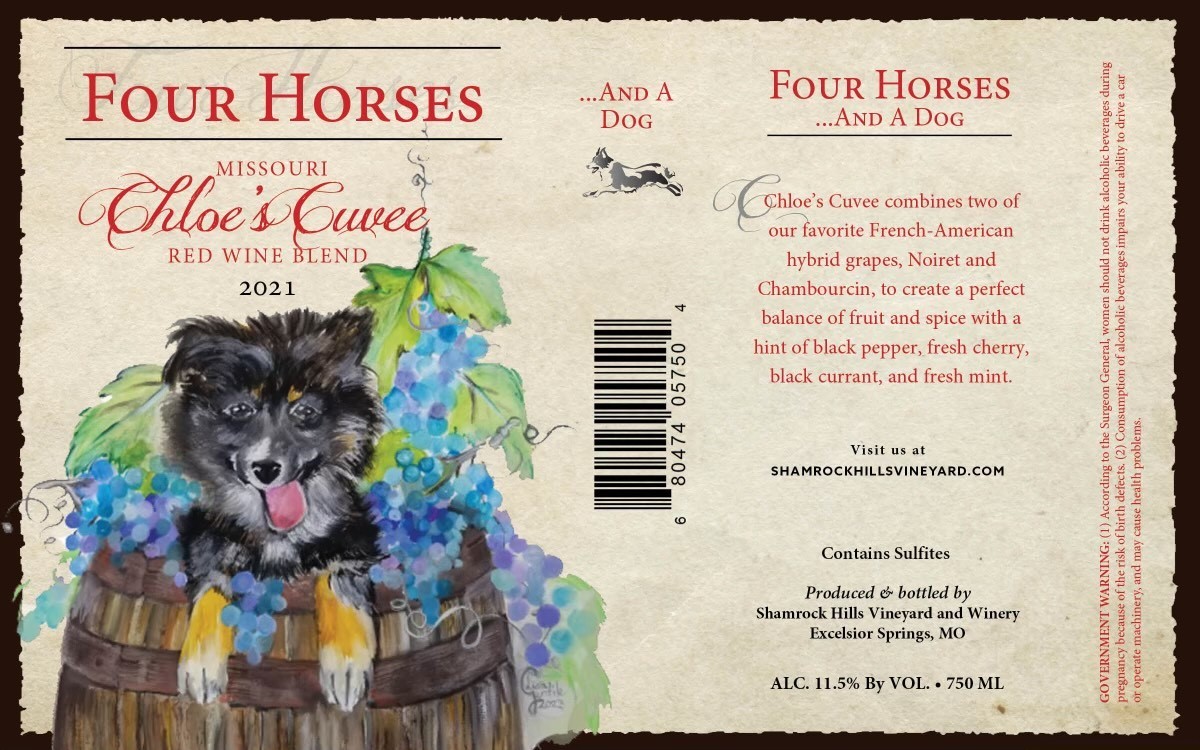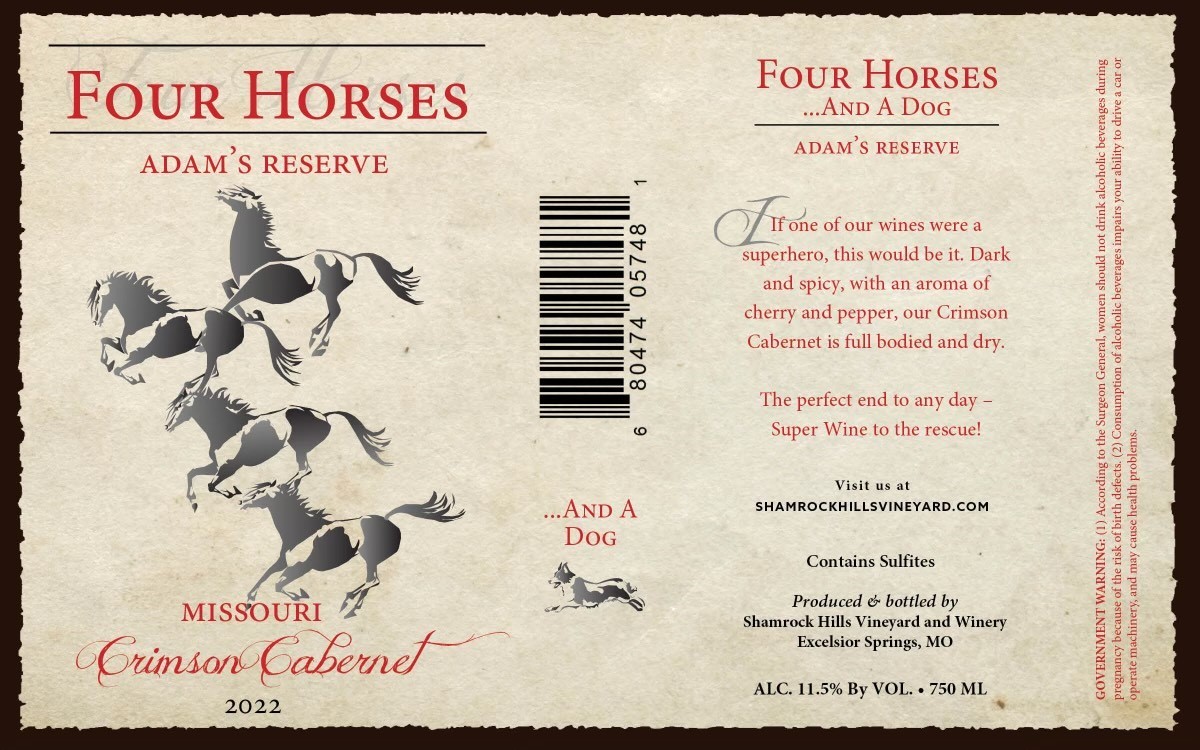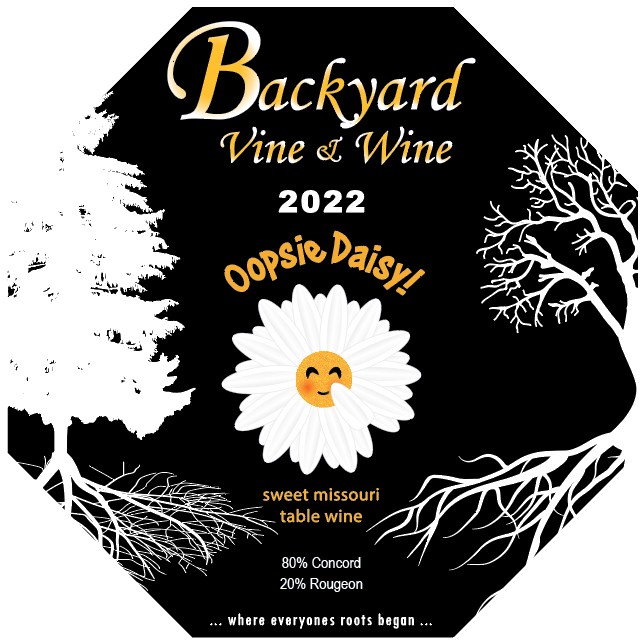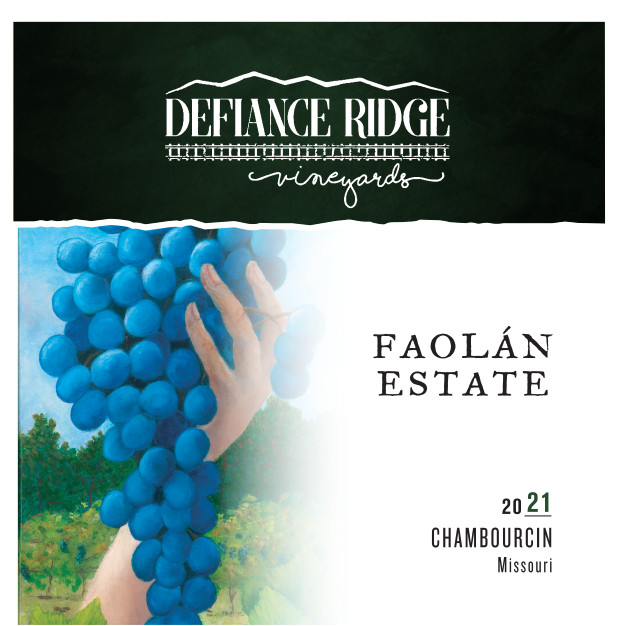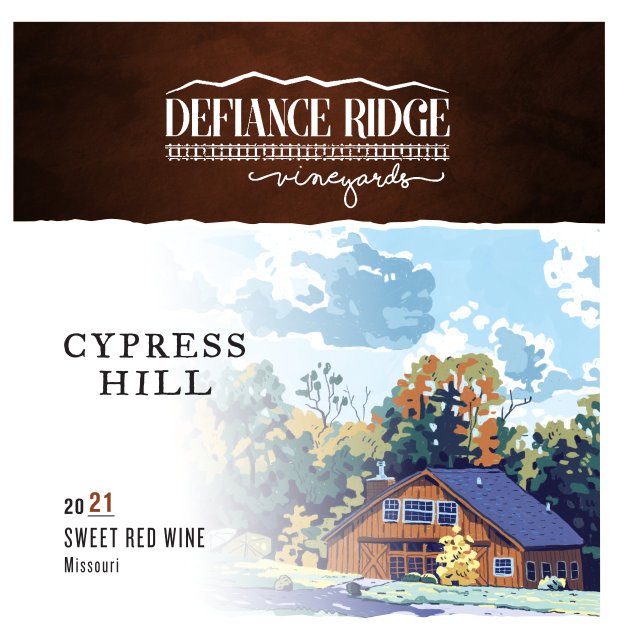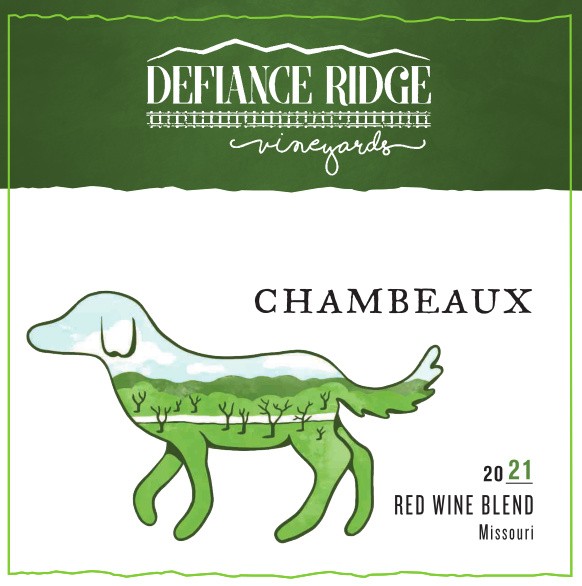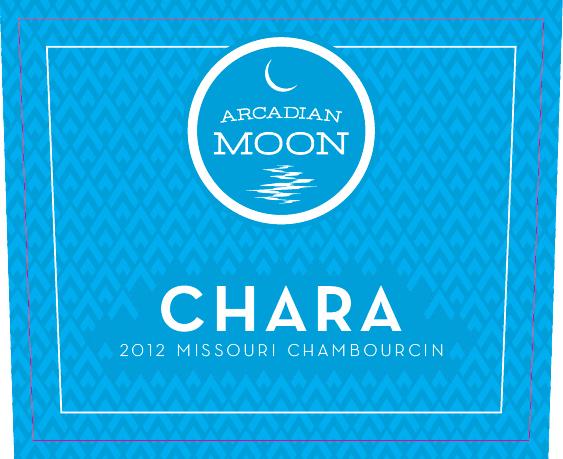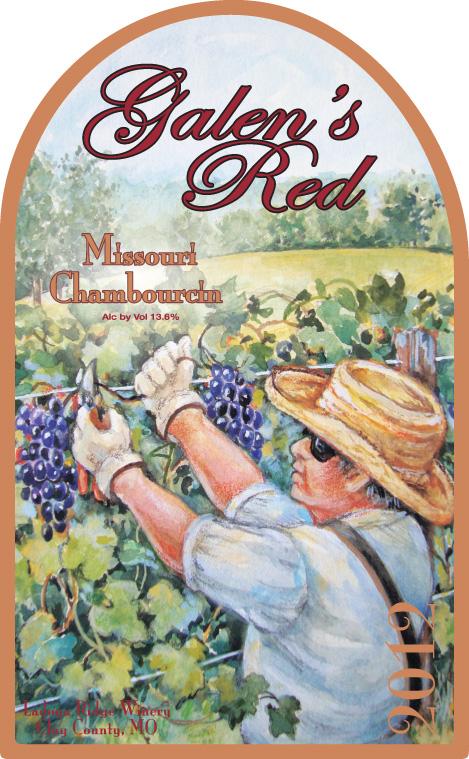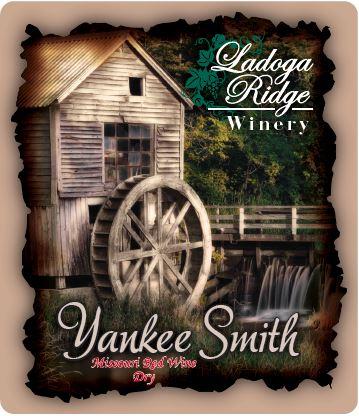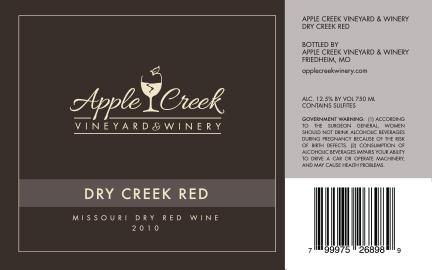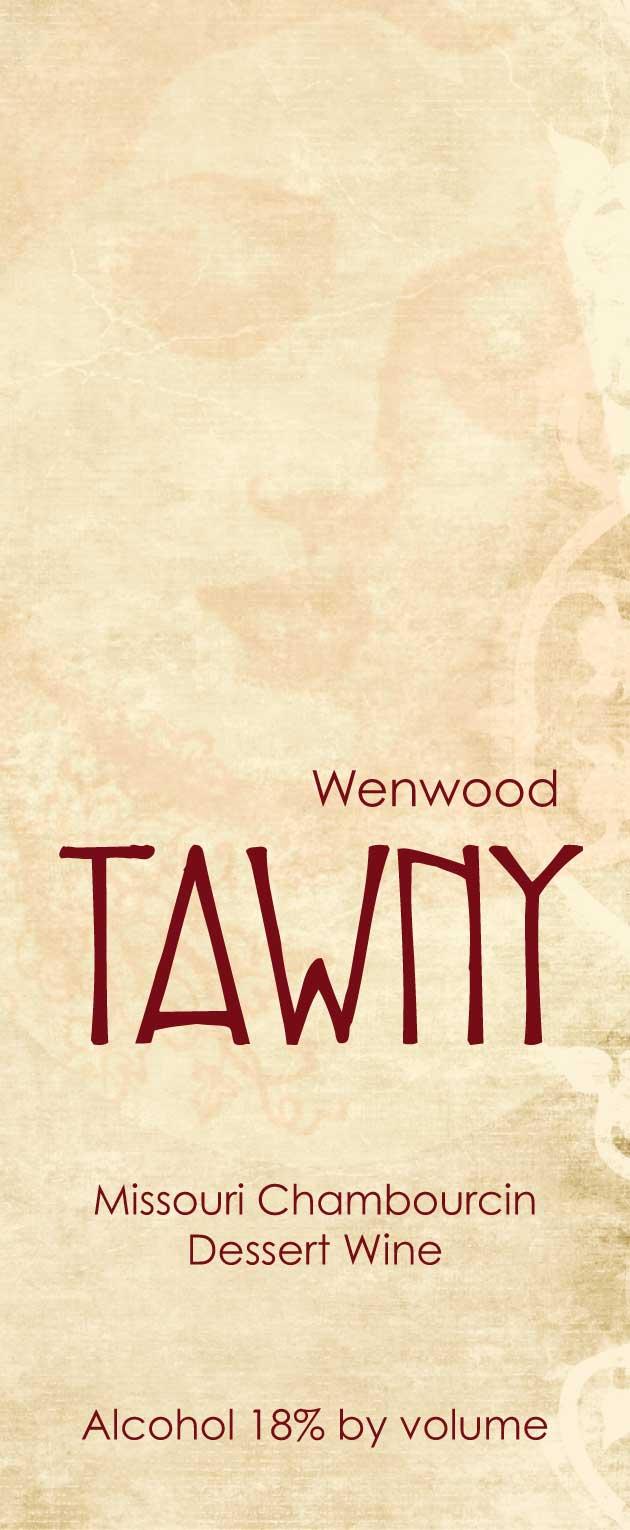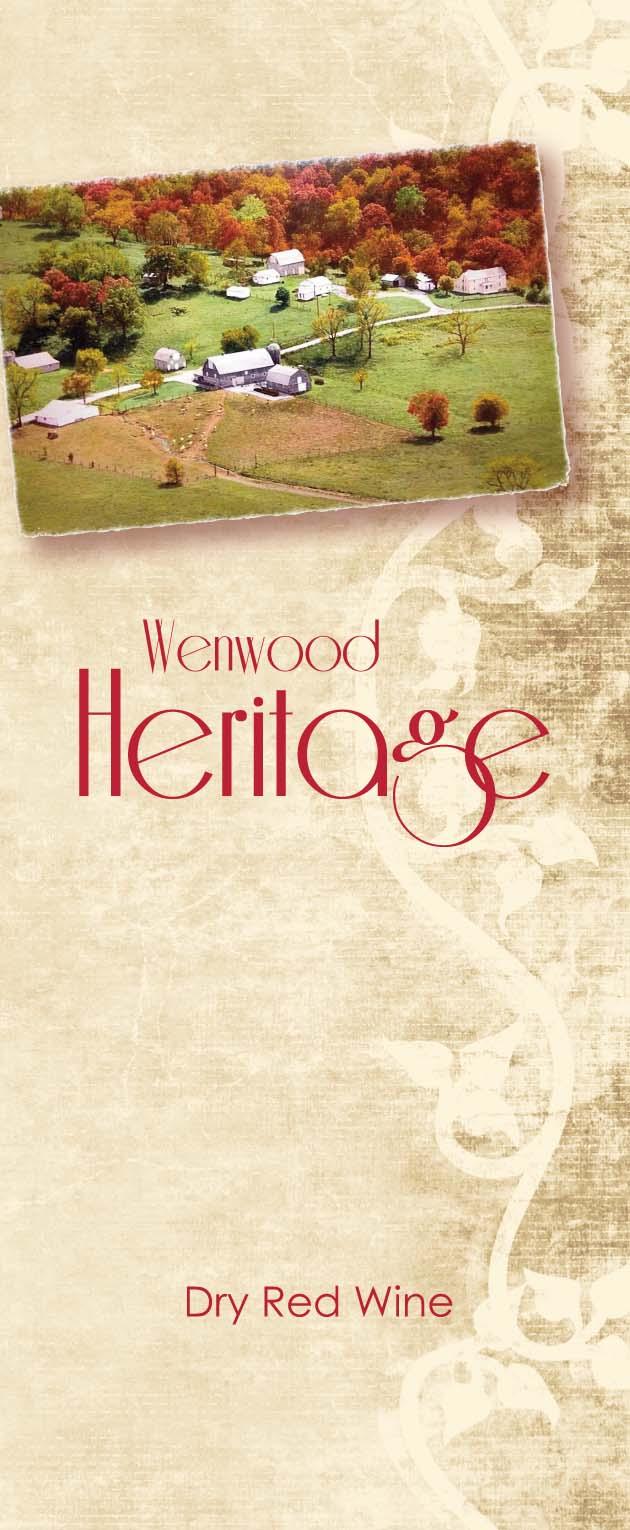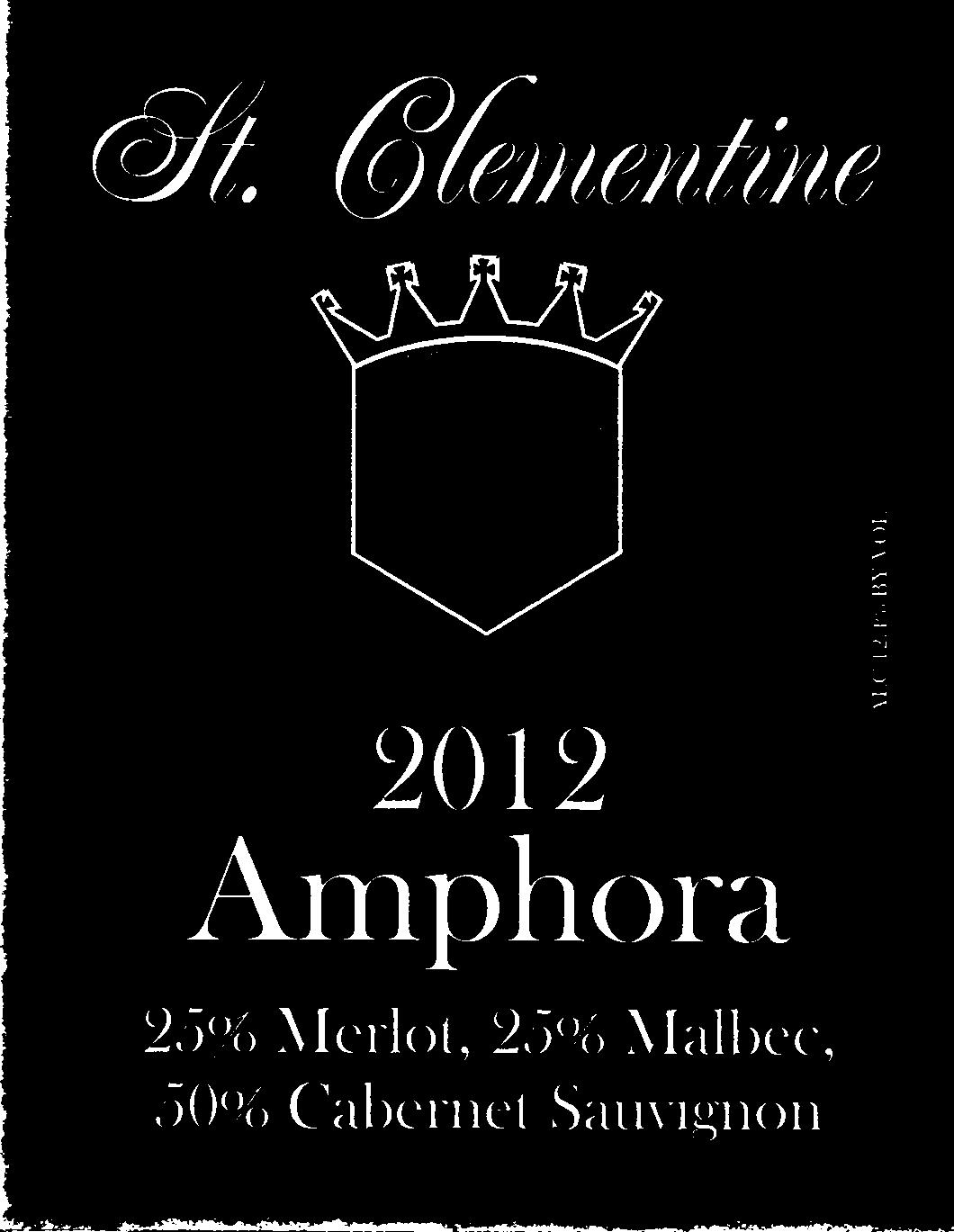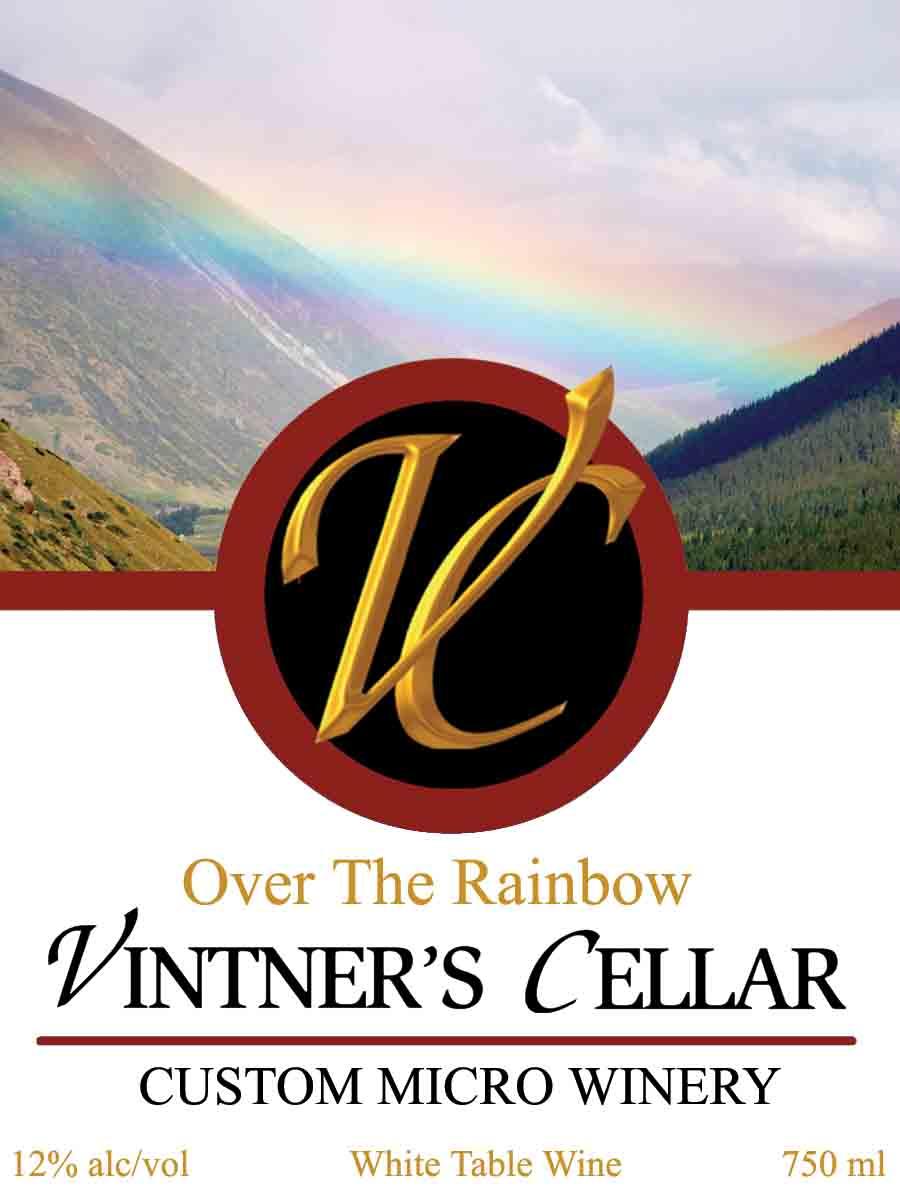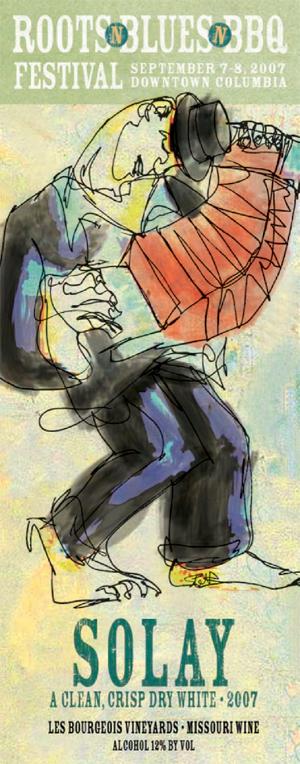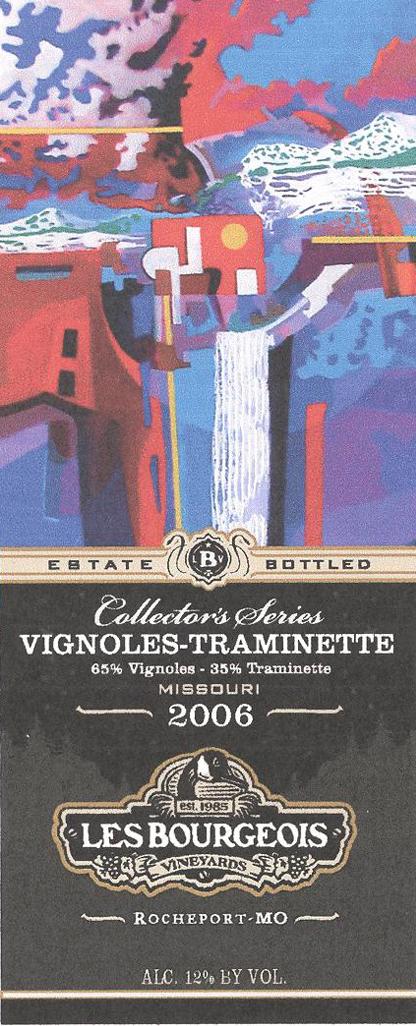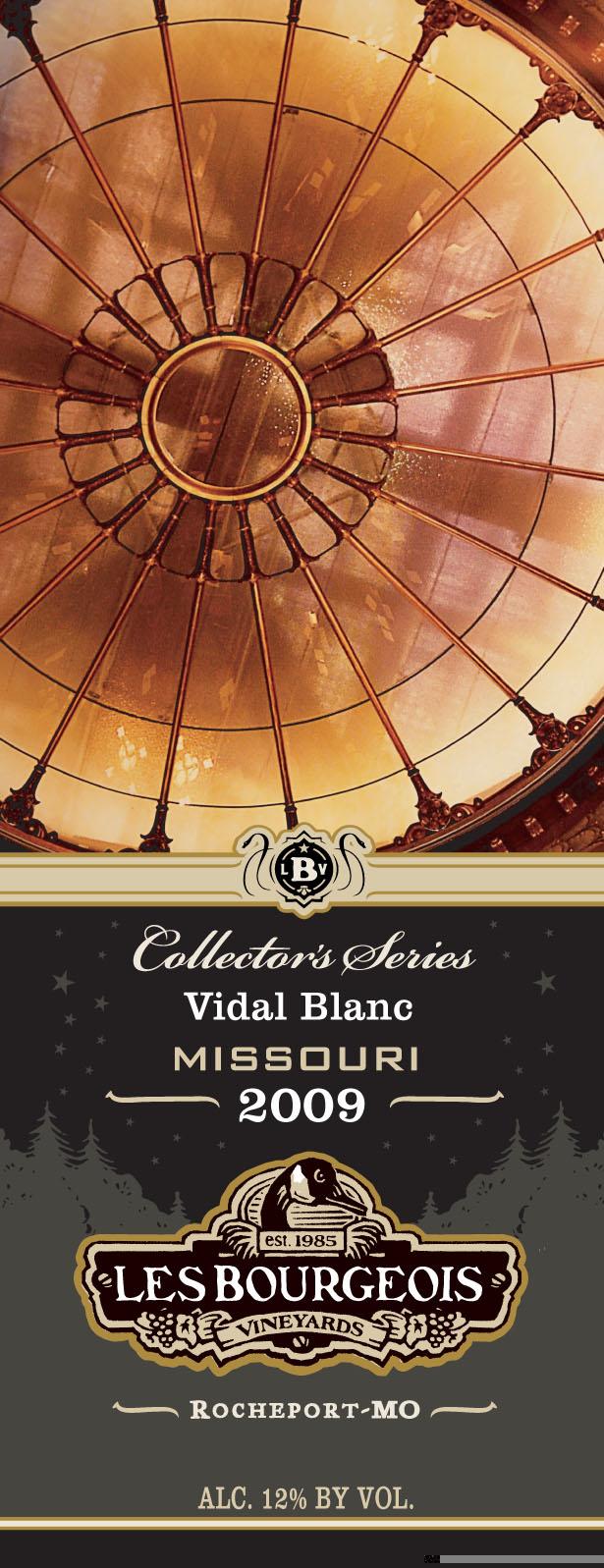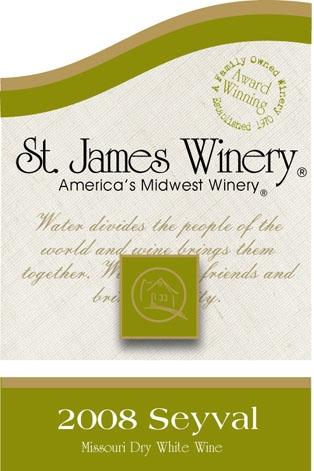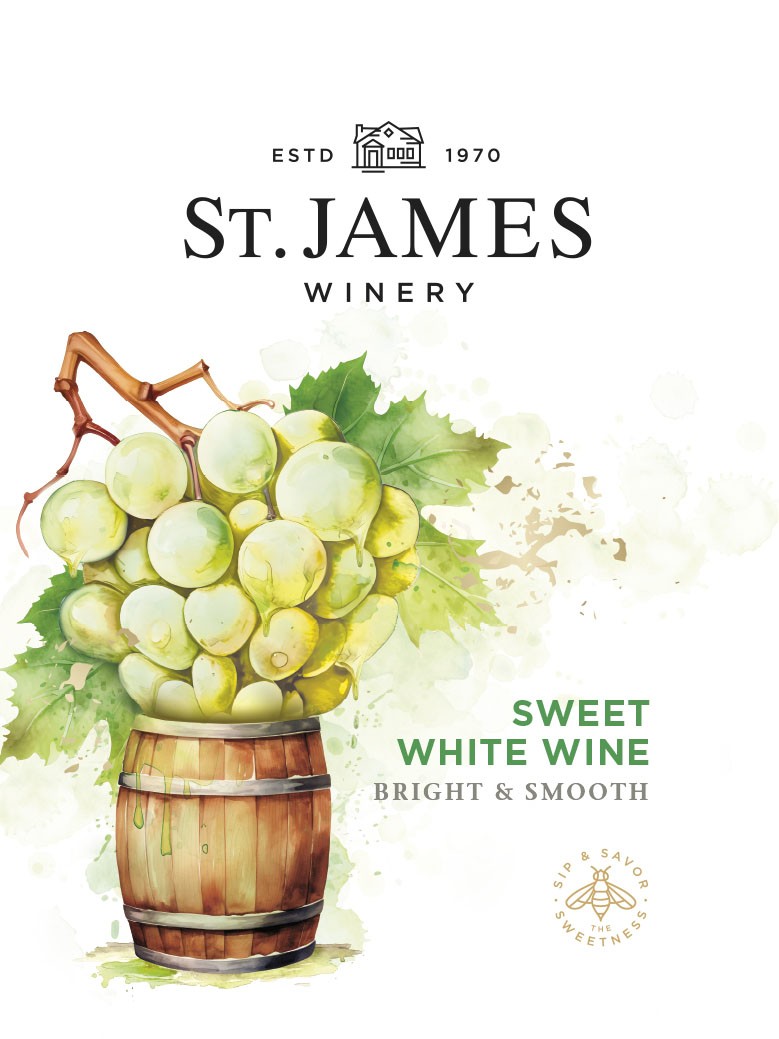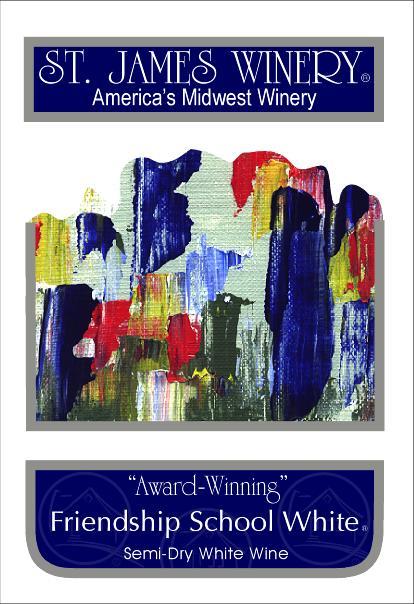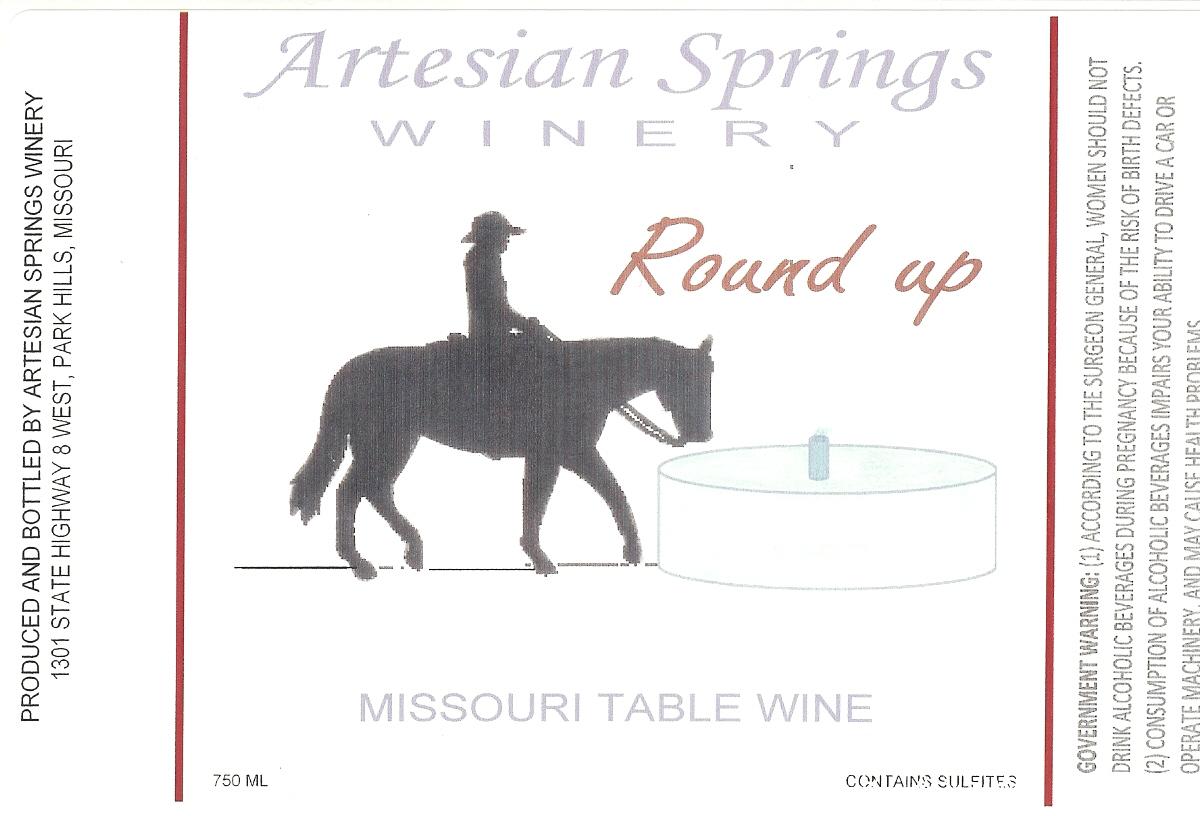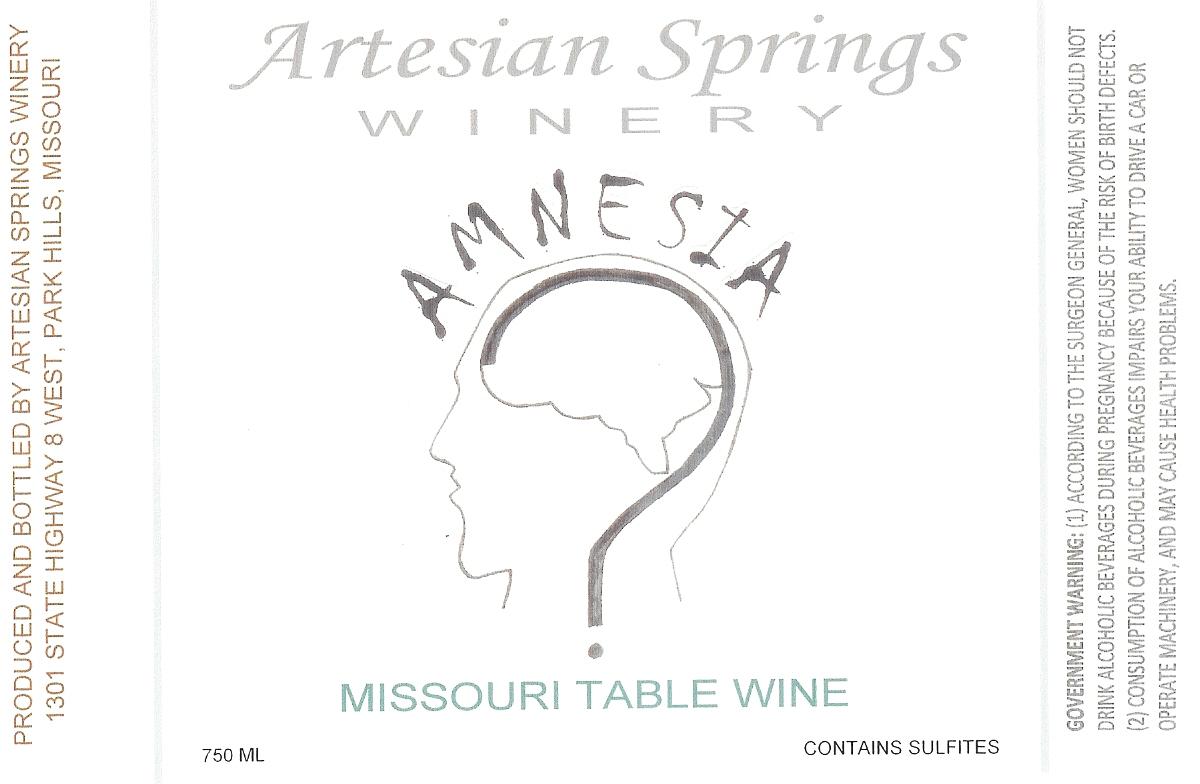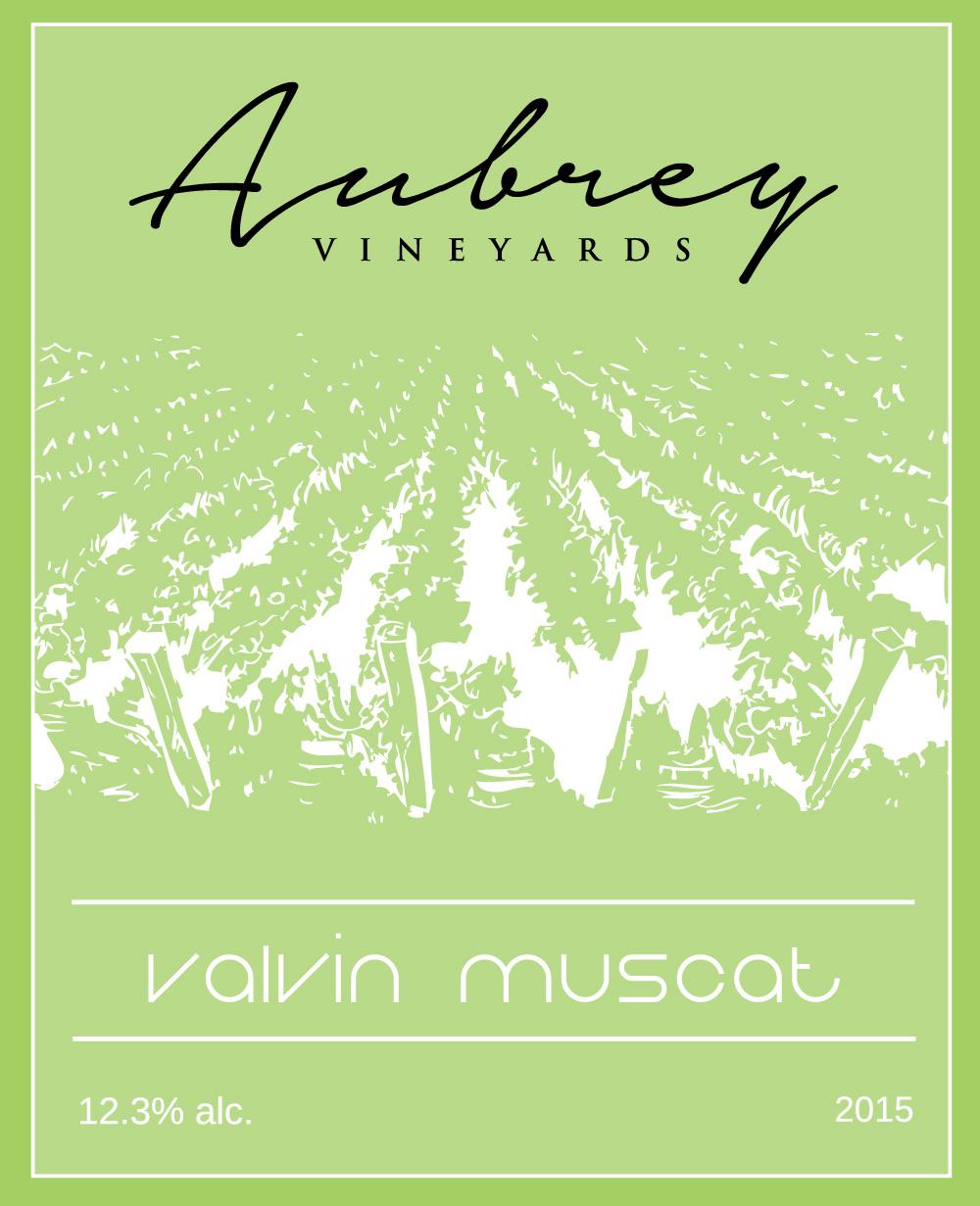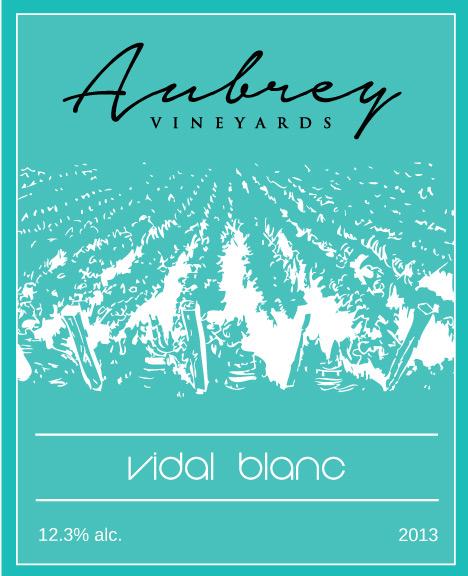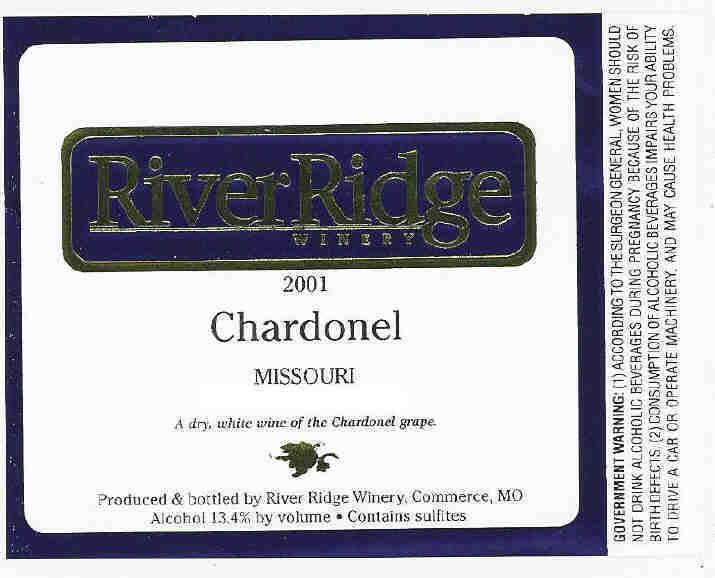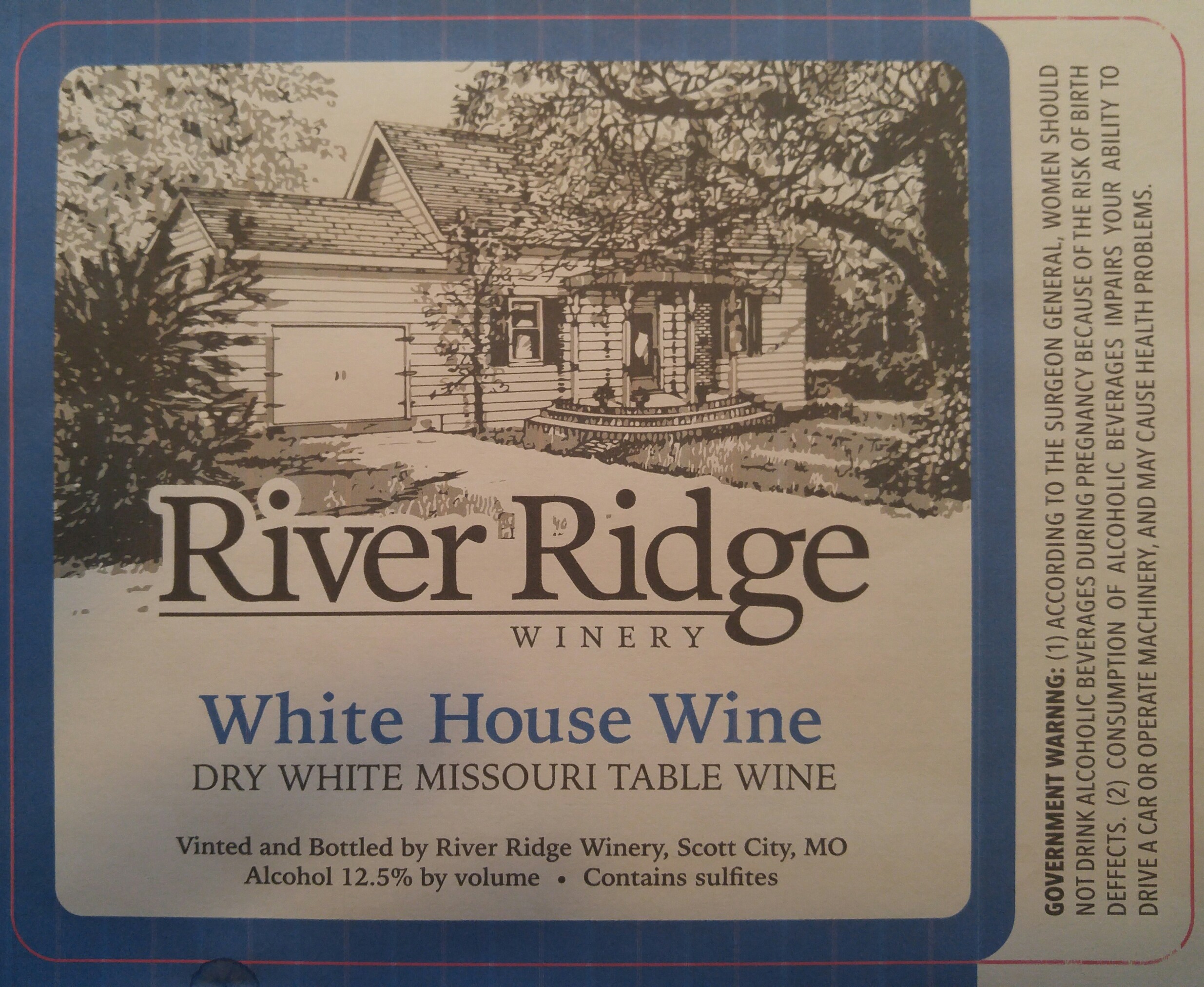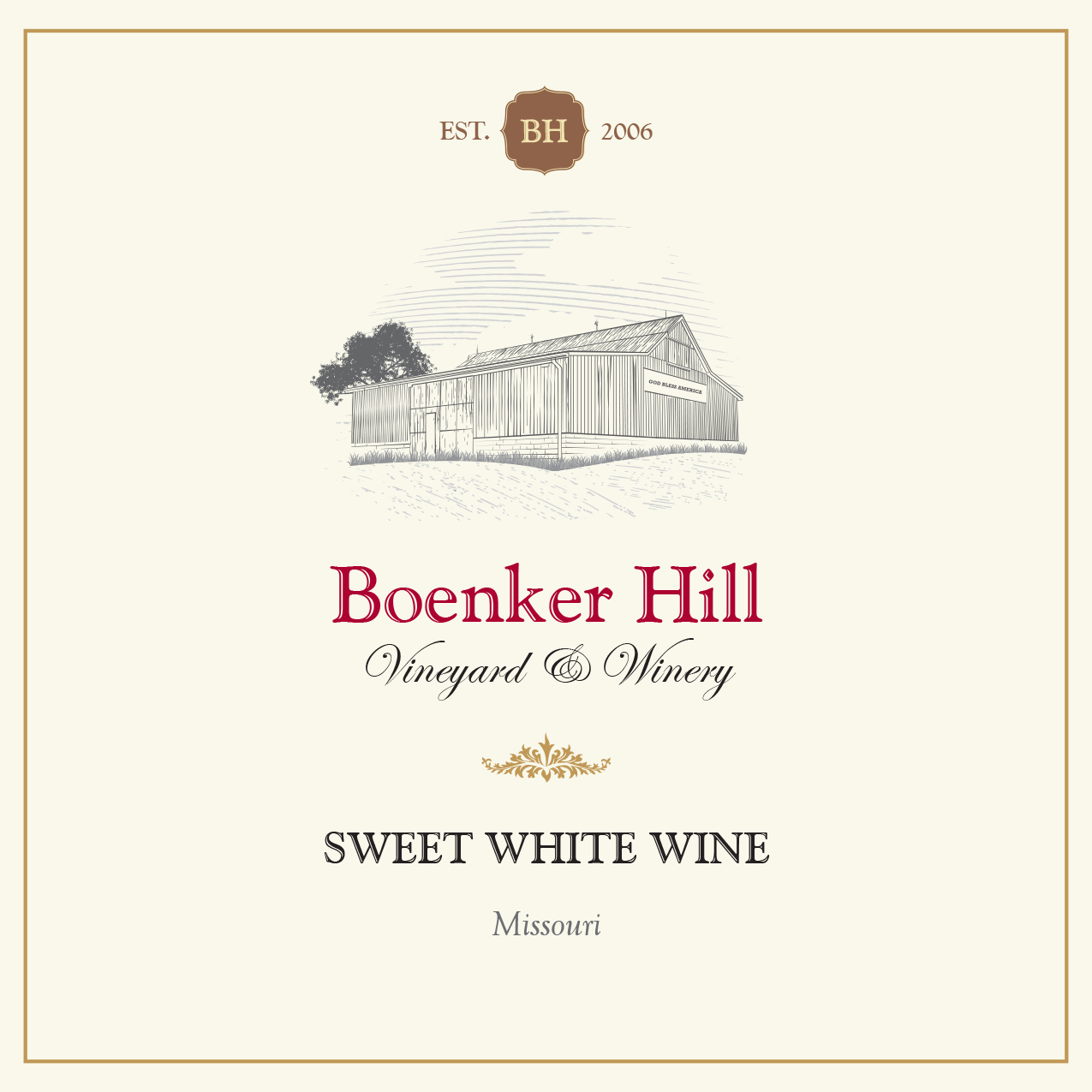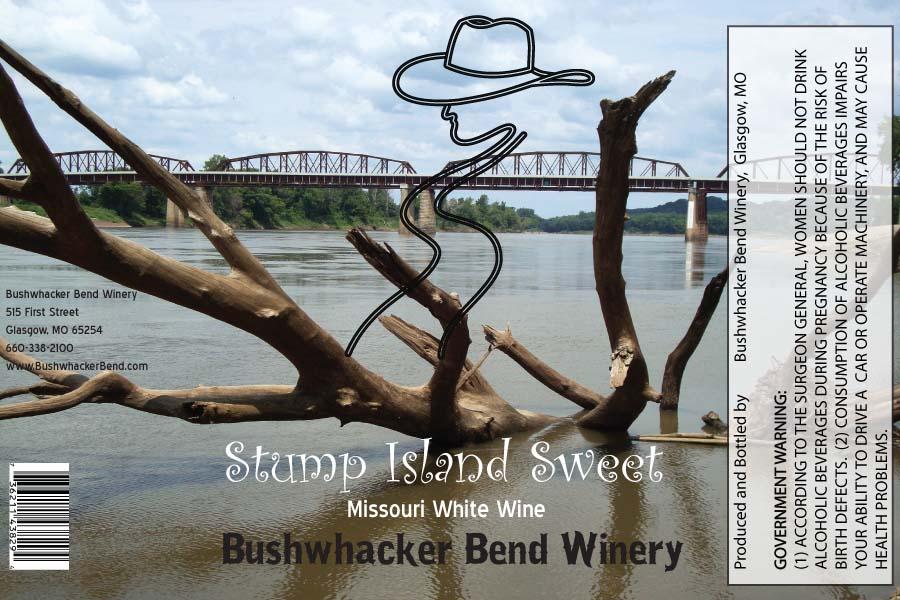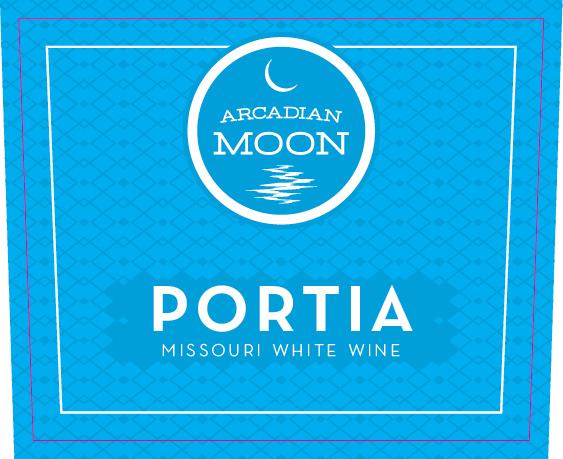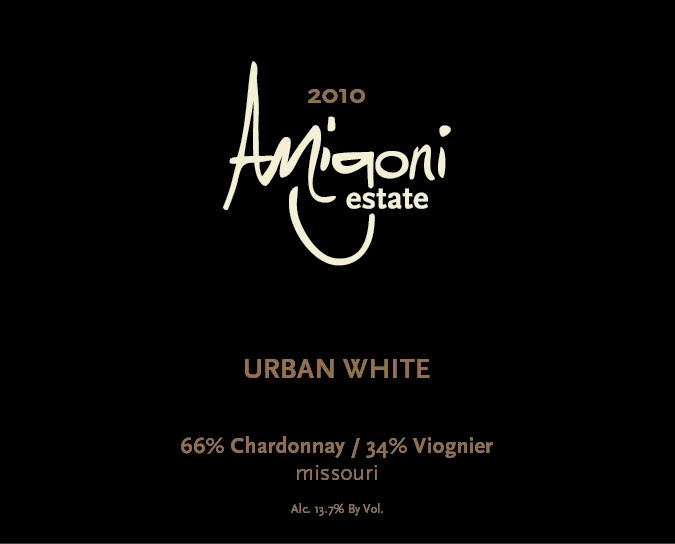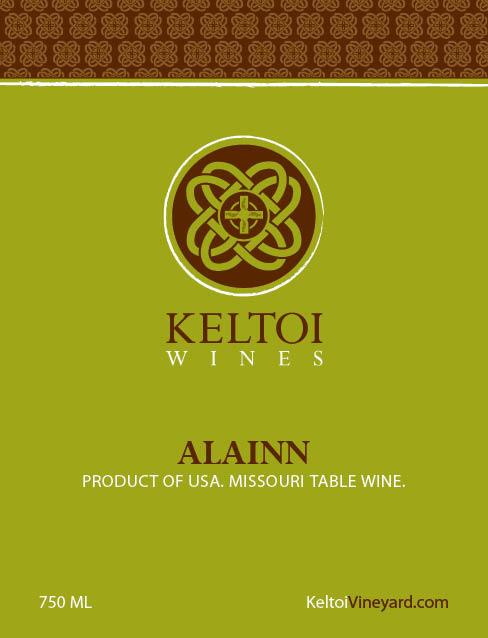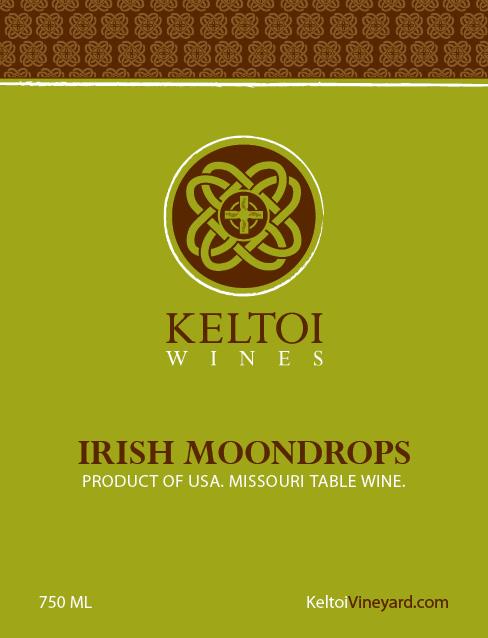Terroir of Missouri
Missouri's terroir is shaped by its diverse climate and soil. The state lies in a humid continental climate zone, with hot, humid summers providing ample sunshine for grape ripening. However, this moisture increases the risk of fungal diseases, which vineyard managers control through canopy management and spraying. Winters can be harsh, endangering delicate Vitis vinifera vines, so native and hybrid varieties like Norton are favored for their resilience.
The region's soils vary. The rocky, thin soils in the Ozark Plateau encourage deep root growth and concentrated grape flavors. In contrast, the loess soils near the Missouri and Mississippi Rivers are fertile and well-draining, promoting vigorous vine growth. This combination of climate and soil produces Missouri wines known for their ripe fruitiness, refreshing acidity, and a distinct mineral undertone, capturing the unique "taste of place" of the region.
Notable Wineries in Missouri
Missouri's vibrant wine scene, steeped in history and innovation, offers a rich tapestry of flavors and experiences. Key players in this area include:
-
Stone Hill Winery: Established in 1847, this historic Hermann winery boasts award-winning Norton wines and remarkable underground cellars.
-
Adam Puchta Winery: Known as the oldest family-owned winery in the U.S., Adam Puchta offers a diverse range from dry reds to sweet, fruit-forward wines.
-
Mount Pleasant Estates: Located in Augusta, it played a pivotal role in Missouri’s wine resurgence, crafting wines like Norton and Vignoles amidst scenic river bluffs.
-
St. James Winery: As Missouri's largest winery, it pioneers modern techniques, offering everything from sweet blends to dry varietals.
-
Hermannhof Winery: With roots back to 1852, Hermannhof is celebrated for its historic cellars and local varietals, enriching the Hermann Wine Trail.
Sustainable Winemaking in Missouri
Missouri's winemaking scene is deeply committed to sustainability, addressing environmental challenges unique to its humid climate. Many vineyards employ integrated pest management to minimize chemical use, essential in controlling pests and fungi. Utilizing disease-resistant grape varieties like Norton reduces the need for pesticides and winter protection.
Soil health is enhanced through cover cropping and composting, while smart irrigation practices conserve water resources. Wineries are also reducing their carbon footprint by using renewable energy, such as solar panels, and improving energy efficiency in their operations. Preserving local ecosystems by maintaining woodland and planting pollinator-friendly flowers is another key focus.
Support from the Missouri Wine and Grape Board and research institutions ensures that innovative, sustainable practices are continually developed, securing a future where Missouri wines thrive in harmony with the environment.
Wine Tourism in Missouri
Missouri's wine tourism blends history, culture, and modern amenities, offering visitors a unique experience.
With over 130 wineries, the state boasts 11 wine trails, including the Hermann Wine Trail, known for its heritage wineries and vibrant events like Maifest and Oktoberfest. The Augusta/Missouri River Valley wineries delight with breathtaking views, especially from Montelle Winery's hilltop terrace.
Wineries enhance visits with on-site dining, concerts, and themed events, such as the Chocolate Wine Trail and Berries & BBQ. Stone Hill Winery offers tours of historic underground cellars, while St. James Winery features gardens and a brewery. In 2022, Missouri wine regions attracted 695,000 visitors, contributing $236 million to the local economy. This thriving scene highlights the state's commitment to offering a genuine Midwest wine adventure, rich in history and hospitality.



